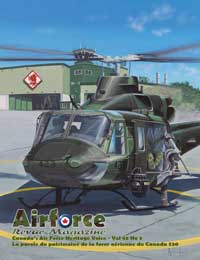
21 January 2025
Peter Robichaud
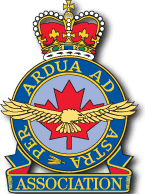



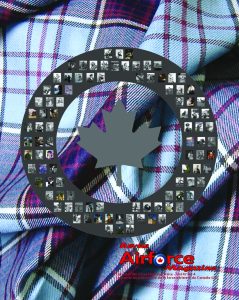
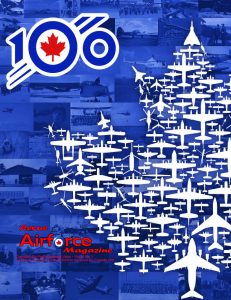
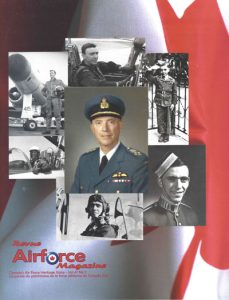
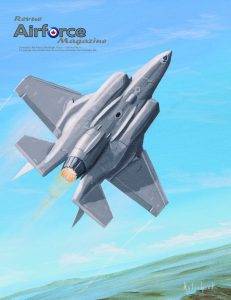
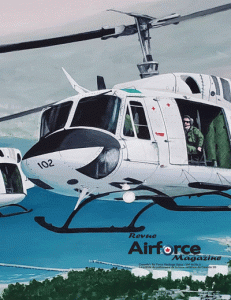
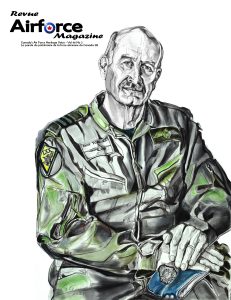
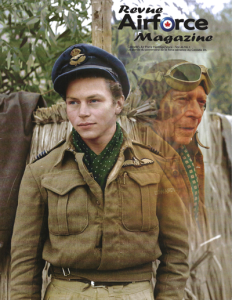
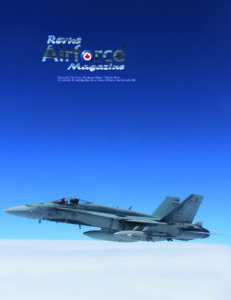
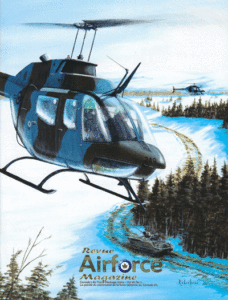
Artist Peter Robichaud’s depiction of the CH-136 Kiowa Light Observation Helicopter (LOH) working in a section of two, in support of a Lynx armoured reconnaissance vehicle. The Kiowa was the result of a procurement process that began in the late 1960s, culminating in the distribution of light observation helicopters across Canada, and in Canadian Forces Europe in support of Canada’s army and the land forces of our allies, beginning in late 1971. These helicopters, along with the CH-135 Twin Hueys and, not long afterward the CH-47 Chinook medium lift helicopters, provided the Canadian Army with the aviation support it had been focused on building ever since late in the Korean War when helicopters first began to catch everyone’s attention. Through the mid-to late-1950s the Canadian Army worked hard to build its own organic air force or aviation force capability, with an eye to introducing the innovation that was the helicopter. However, as with all innovations, there were early adapters, in the armoured reconnaissance field and especially in the Service Corps circles. But, there were also laggards, especially in the artillery whose leaders stubbornly held off replacing their coveted L-19s until 1972 when the Kiowa helicopters were finally introduced. This reluctance to make progress in the artillery is what Machiavelli warned about in terms of from where support for an innovation is likely to arise, and from where it is likely not to do so. Some will be luke warm, he said, to the new idea and since they perceive there is more to lose than gain, they will fight the idea for as long as possible. This would seem to be the case with the artillery – the L-19 Bird Dog operated for a specific-sized formation (a Division), at a specific distance from the forward edge of the battle area (FEBA) and was employed only against specific-sized targets, large ones. The helicopter, on the other hand, was more ideally suited to the structure and form of warfare that drove significant changes to doctrine and tactics following the Second World War, under threat of the use of nuclear weapons. The artillery just wasn’t that interested, or so it would seem.
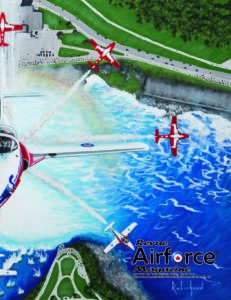
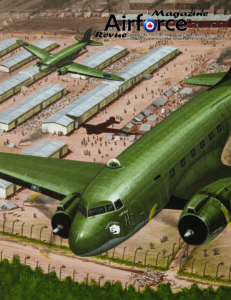
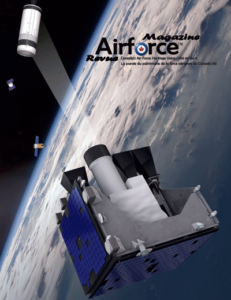
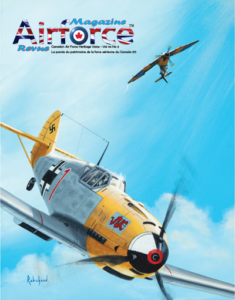
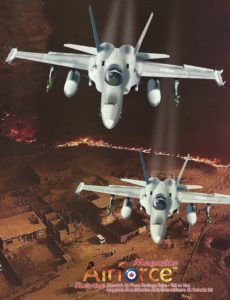
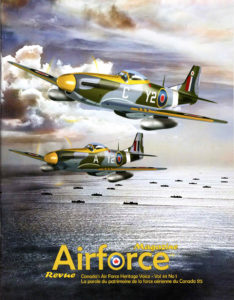
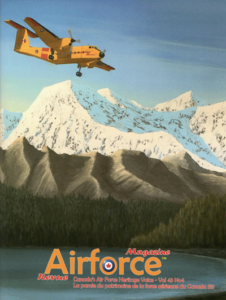
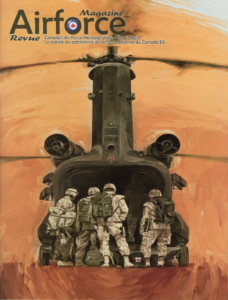
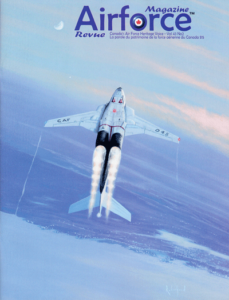
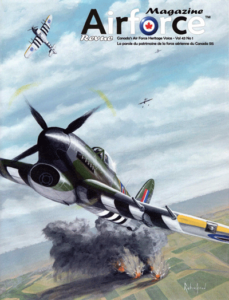
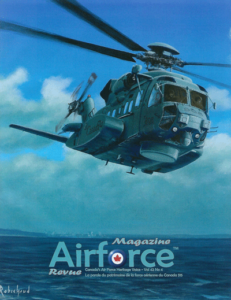
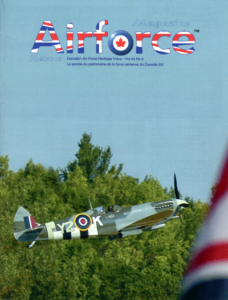
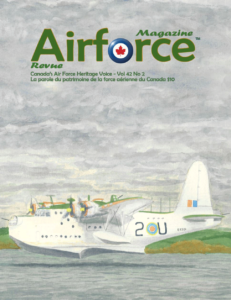
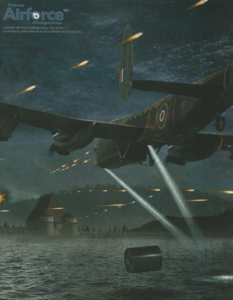
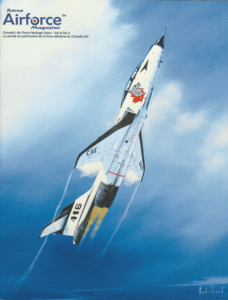
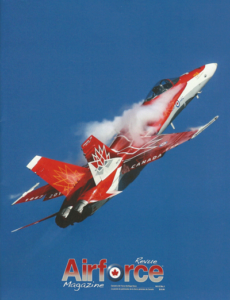
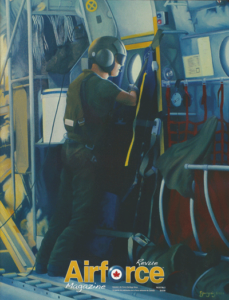
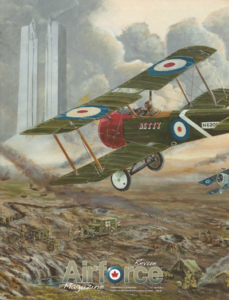
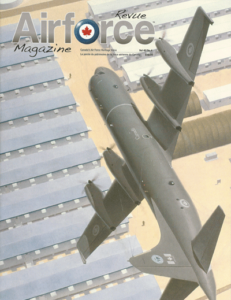
Airforce Magazine Volume 40 Number 4, has just been delivered to Canada Post; members can expect to see their magazine to begin arriving across the country beginning on Monday, 20 March. One of our most-respected members Ernie Cable writes the “Second Dawn of the Aurora”. Associate Editor-in-Chief Brigadier-General (Ret) Terry Leversedge shares a story about the loss of two Hudson bombers, and the prominent Canadians on board. Dr. Richard Goette has shared a comprehensive review of 113 Squadron, to round out our main features. We also offer a review of Boeing’s first 100 years, and the company’s contributions to natoinal air power in Canada
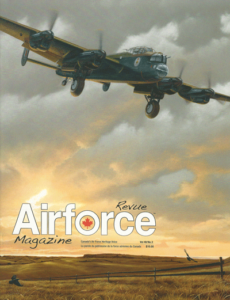
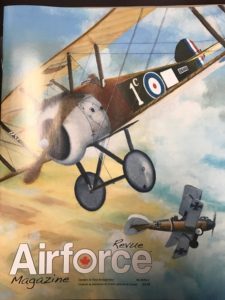
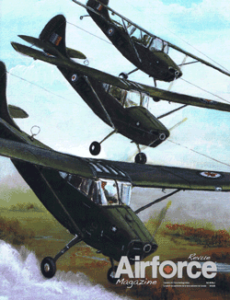
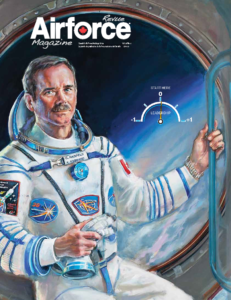
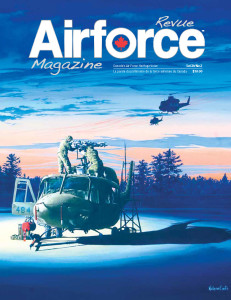
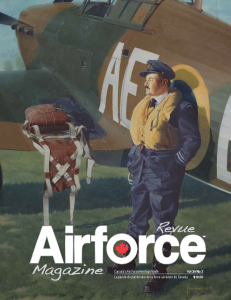
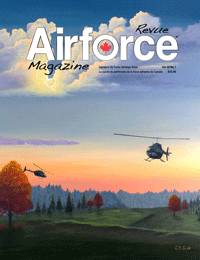
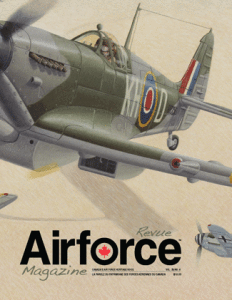
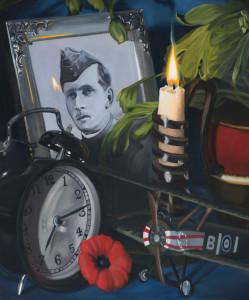
A special “Double Edition” with our regular features along with the following articles: